E3 Surprises
Top 10 Most Surprising E3 Announcements of All Time!
Since 1995, the Electronic Entertainment Expo has been the world’s premier event for video games. Numerous developers, publishers, and hardware manufacturers use the event to advertise their wares, and it’s not unusual for companies to spend millions of dollars at the expo. Given how much press the event draws each year, it’s only logical for companies to use the E3 as a platform to announce new projects. On that note, this list looks at the biggest surprises we’ve seen over the years. Whether they were sequels to our favorite games, new games that we never knew existed, or industry-changing announcements, the ten entries on this list caught us all off guard.
10
Sony Announces the PlayStation Portable
2003
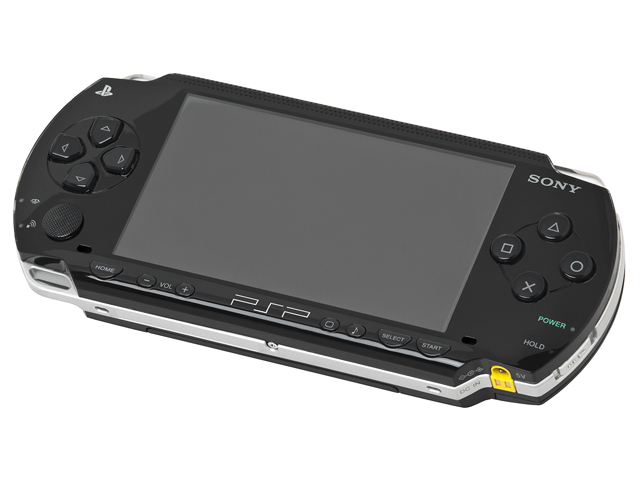
New console announcements seldom happen at E3. After all, a new system usually has enough gravity around it to warrant its own event. During the 2003 E3, Sony surprised everyone by announcing the PlayStation Portable. Although the press didn’t get their hands on the new device at the event, Sony released extensive details and the PSP was slated to be the world’s most powerful handheld console. Sony promoted the console’s multimedia capabilities, and Ken Kutaragi described the device as the “Walkman of the 21st century.” Nintendo had dominated the handheld market since 1989 and was able to fend off competition from the likes Atari, Sega, NEC, Bandai, SNK, and Nokia without losing significant market share. Although details about the PSP were sparse, analysts pegged it to be Nintendo’s first legitimate competitor in the handheld space. These analysts were correct, and the threat of the PSP forced Nintendo to release the Nintendo DS before the Game Boy Advance had reached market saturation. Nintendo was ultimately able to retain their position as the market leader, but Sony’s surprise announcement in 2003 caused everyone to take notice.
9
Project Natal Lets YOU be the Controller
2009
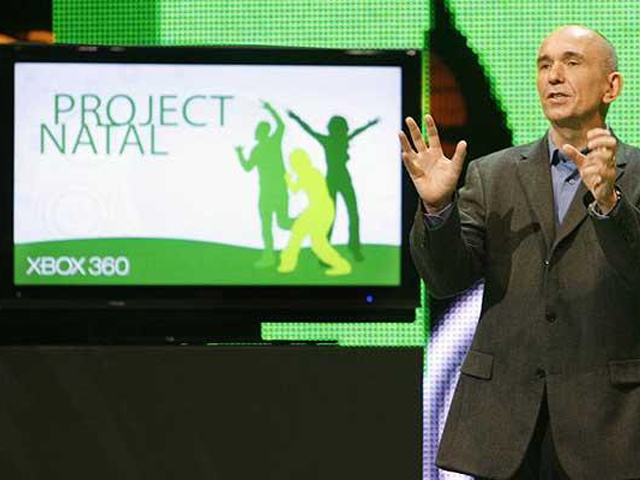
In 2009, following the unprecedented success of the Wii, Nintendo’s competitors were devising their own forms of motion control. While the PlayStation Move controller was conceptually similar to Nintendo’s offerings, Microsoft decided to remove the controller from the equation altogether. During their press conference at the 2009 E3, Microsoft unveiled Project Natal to the world. The device used a camera to track movements and enabled users to interact with their Xbox 360 by using gestures or spoken commands. Microsoft’s Don Mattrick took to the stage and insisted that traditional controllers were too complicated for their target audience. Steven Spielberg then came out and echoed his sentiments. To showcase the new peripheral, a misleading “proof of concept” video package was shown followed by a handful of cringe-worthy on-stage tech demos. During a recorded presentation for an experimental AI program called Project Milo, Peter Molyneux went so far as to suggest that the technology was beyond anything that had been written about in science fiction. The final product – released as Kinect the following year – was a significant downgrade from what had been promised at the 2009 E3, but Microsoft used it as a vehicle to broaden their audience. Microsoft insisted that Project Natal would be as fundamental to the Xbox brand as Xbox Live, and they treated its debut as though it were a new console platform. The project ultimately failed to live up to its potential, but Microsoft’s snake oil salesmen got everyone’s attention in 2009.
8
Conker Goes M-Rated
2000
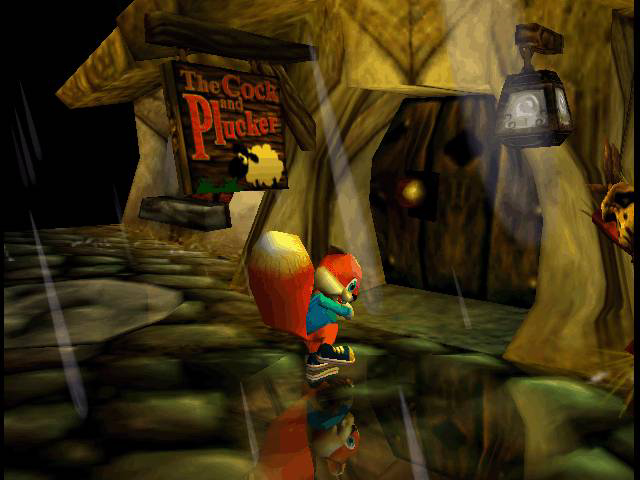
Nintendo showcased Conker’s Quest at the 1997 E3 alongside Banjo-Kazooie. The two games were thematically and visually similar to each other, and they were obviously aimed at similar audiences. While Banjo hit shelves the following summer, Conker remained in limbo for many years. After extended periods with no updates, many gamers assumed that the project had been quietly cancelled. In early 2000, Rare announced that the game had been retooled into Conker’s Bad Fur Day and explained that it would now be aimed at mature audiences. Conker had already been featured in Diddy Kong Racing and the kid-friendly Conker’s Pocket Tales for the Game Boy Color, so fans were left wondering if this was all an elaborate April Fool’s joke. At the 2000 E3, the general public got their first glimpse of the new game and they were shocked by what they saw. They were expecting a colorful platformer about Disney-esque woodland creatures, but what they got was more in line with South Park. Needless to say, it was surreal to see Nintendo associate themselves with graphic violence, alcohol use, profanity, and vulgar humor. The Conker area of Nintendo’s E3 booth had an open bar to emphasize the adult nature of the game, but the Big N barely mentioned the game after the event. The game was basically ignored in Nintendo Power, so Rare advertised in outlets like Playboy to reach their desired audience. Nobody would have predicted that a year earlier.
7
Shenmue III Gets Kickstarted
2015
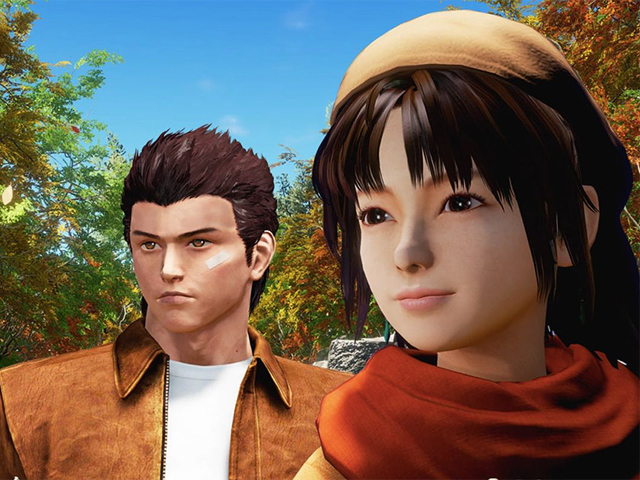
The Shenmue series was initially conceived as a saga spanning several entries. The first in the series was one of the most expensive video games ever developed, but the sequels were supposed to be much cheaper since they would be built on an existing foundation. Unfortunately, the series faded away after the first two games were released in 1999 and 2001 respectively. Both Shenmue games were praised for their realistic graphics and open environments, but they were considered financial failures despite attracting cult followings. Shenmue III was one of Sega’s most-requested games in the years that followed, and Yu Suzuki repeatedly expressed his desire to continue the franchise. Although a concept for the game already existed, financial concerns prevented Shenmue III from ever leaving the planning stages. Yu Suzuki began researching crowdfunding platforms in 2014 to raise capital for the project, but there was no indication that the game would ever get the green light. Few people believed the game had any chance of being made, so you can imagine how shocked everyone was when Shenmue III was announced during Sony’s E3 press conference in 2015. Yu Suzuki announced a Kickstarter campaign to develop Shenmue III for Windows and PlayStation 4, and the project quickly became the highest-funded video game in Kickstarter’s history. Whether or not Shenmue III lived up to the hype is a matter of debate, but the fans were certainly excited about the project.
6
Metal Gear Solid 2 Trailer Steals the Show
2000
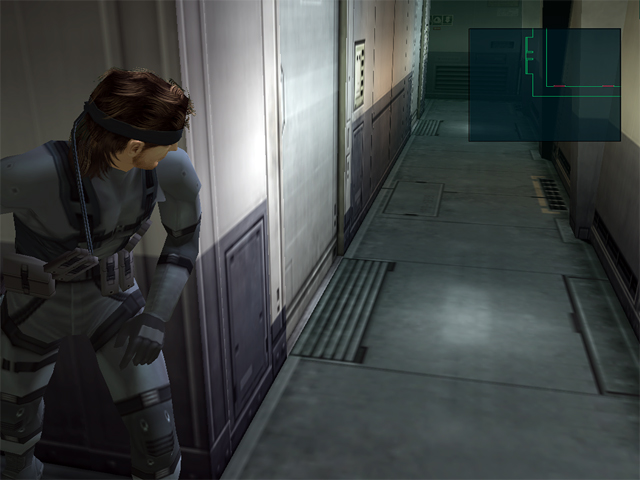
The PlayStation 2 was formally announced in 1999, but the initial lineup of games left a lot to be desired. At the 2000 E3 – mere months before the PS2 was slated to be released in North America – Sony’s upcoming console finally landed the killer app that gamers were looking for. Metal Gear Solid 2 was unveiled to the world through an epic nine-minute demo that set a new standard in video game trailers. Many questioned how a PlayStation 2 game could look so good, and show-goers were taken aback by the gritty visuals. Despite its cinematic nature, the trailer did an excellent job of highlighting various gameplay elements. The demo gave you a sense of how the stealth system worked and provided insight into enemy AI, multi-tiered environments, and the advanced physics engine. Konami played the trailer every hour throughout the week, and it drew huge crowds each time. Hundreds of people would gather around the monitors and obsess over all of the details that they missed during previous viewings. For many gamers, Metal Gear Solid 2 was the reason to buy a PS2, and it would be an understatement to suggest that it stole the show.
5
Gaben Joins Forces with Sony
2010
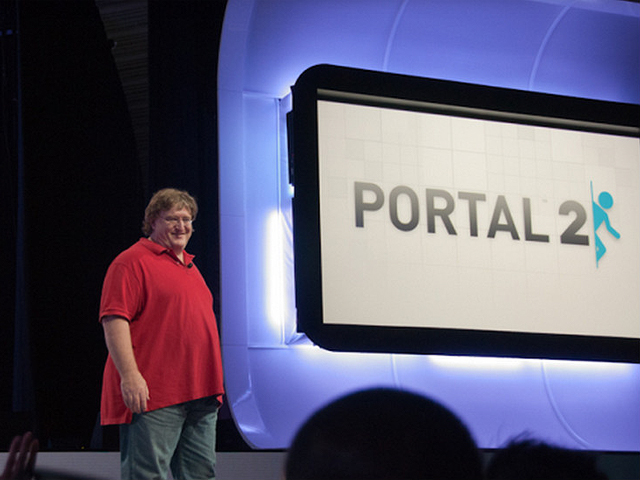
In 2007, Valve Corporation’s Gabe Newell expressed his disdain for the PlayStation 3 and suggested that developing games for the console was “a waste of everybody’s time.” He went so far as to suggest that Sony should cancel the console outright and “do a do-over.” Valve developed The Orange Box for the PC and Xbox 360, but they commissioned EA’s UK branch to make the PS3 version. This version was plagued by framerate issues and other problems, and it was the last Valve game to receive a PS3 port for nearly three years. During Sony’s 2010 E3 keynote, Gabe made a surprise appearance and formally announced that Portal 2 would be coming to the PS3. He acknowledged the outspoken comments he had made in the past, but he praised the open nature of Sony’s platform and further remarked that Steamworks support would make the PS3 port of Portal 2 the best console version of the game. Gabe then decided to take Microsoft to task by calling Xbox Live a “train wreck” and describing Windows 8 as “a threat to the open nature of PC gaming.” Only two Valve games were released on Sony platforms following Gabe’s big announcement, but it seemed like a big deal at the time.
4
Final Fantasy VII Remake is Finally Announced
2015
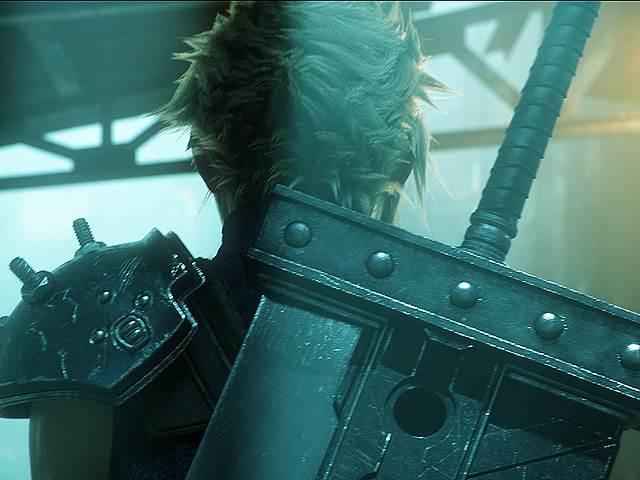
During the 2005 E3, Square Enix put together a tech demo to showcase their new Crystal Tools engine. This demo recreated scenes from Final Fantasy VII, and it gave us a look into how the game might have looked on the PlayStation 3. The tech demo sparked intense speculation, but Square Enix made it clear that they had no plans on remaking the game. The company had no qualms in remaking earlier entries in the Final Fantasy series, but Square Enix felt that a project the size of Final Fantasy VII would be too big of an undertaking. As Square Enix continued to focus on new titles, gamers were given every excuse under the sun as to why a Final Fantasy VII remake would never happen. Rumors continued to swirl in the years that followed, but nothing ever materialized. Ten years after the Crystal Tools demo was show, Final Fantasy VII Remake was finally announced during Sony’s 2015 press conference. The trailer recreated the opening moments of Final Fantasy VII in Unreal Engine 4, and the entire gaming world became enveloped in nostalgia and happiness. The announcement was met with thunderous applause, the trailer racked up over ten million views on YouTube within a couple of weeks, and Square Enix’s stock prices rose to a seven-year high. The 2015 E3 had a lot of big announcements, but none were more monumental than Final Fantasy VII Remake.
3
Snake Joins the Brawl
2006
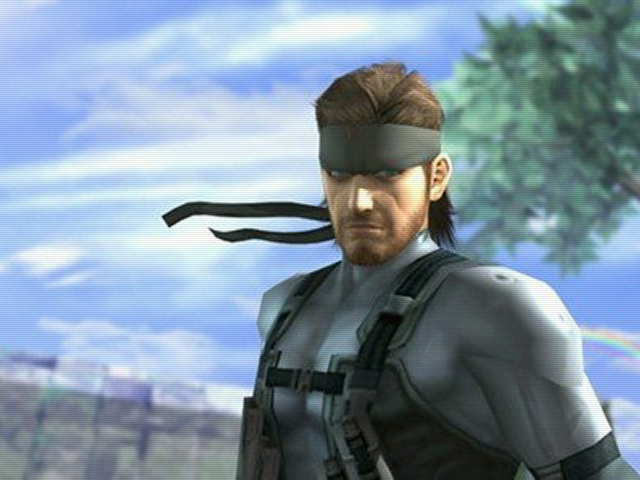
Nintendo’s 2006 E3 presentation was an undeniable success. Twilight Princess and Super Mario Galaxy satiated longtime fans, the newly designed DS Lite came into view, and the Wii was the hottest ticket of the show. (Show-goers were literally running past other booths for a chance to try out Wii Sports.) Nintendo had a little something for everyone, and their conference received rave reviews. It seemed like they put everything on the table, but they had one more surprise that wasn’t shown during their conference. The day after their presentation, Nintendo dropped a trailer for Super Smash Bros. Brawl. The video marked the return of Pit from Kid Icarus and announced Wario, Meta Knight, and Zero Suit Samus as new roster additions. They saved the best for last, however. As the trailer was coming to a close, the unmistakable sound of a Metal Gear Solid codec message was heard before Solid Snake himself appeared on the screen. As various Nintendo all-stars were battling it out, Snake arose from under a cardboard box and officially joined the brawl. Snake was the first third-party character to be added to Smash, and nobody saw it coming. Nintendo’s decision to play the trailer the day after their press conference made the whole event seem even more surprising.
2
A Legendary Reveal
2004
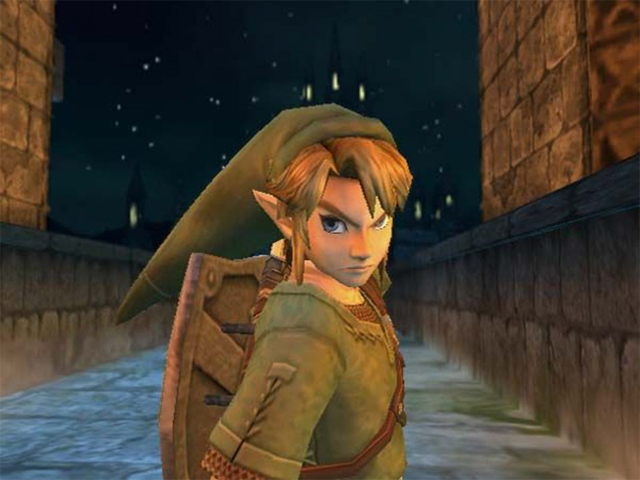
Nintendo’s 2003 E3 press conference was panned by critics, so they brought a new energy to the following year’s event. They had awesome games like Resident Evil 4 and Metroid Prime 2, the Nintendo DS made its debut, and Reggie Fils-Aime introduced himself to the gaming world and gained instant celebrity status. At the end of the presentation, Reggie invited us to step into one more world before unveiling the first footage of a brand new Zelda game that no one expected to see. It should have been immediately obvious that we were looking at a new Zelda game, but the fans weren’t entirely sure until they got a clear shot of Link. It was hard to hear the video over the sound of applause, and the roar of the crowd still gives me goosebumps. You can’t buy enthusiasm like that! Nintendo’s decision to use a cel-shaded art style for The Wind Waker was controversial, and many longtime fans were pining for a more realistic Zelda in line with the tech demo that was shown at the 2000 Space World expo. The new Zelda trailer (which would eventually be known as Twilight Princess) looked like a true successor to Ocarina of Time, and many questioned if they were really looking at a GameCube game. After the trailer was shown, Shigeru Miyamoto appeared on stage holding a sword and wearing a huge smile on his face. It’s safe to say that everyone at the Kodak Theatre was smiling too.
1
Sega Launches the Saturn Four Months Early
1995
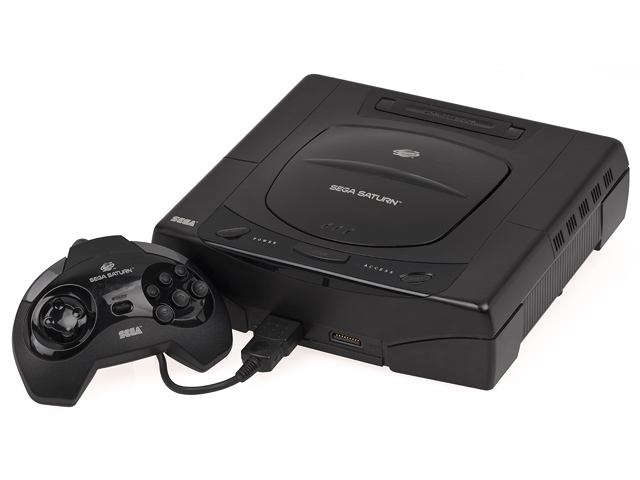
Sega initially planned to launch the Saturn in North America on September 2, 1995 – exactly one week before Sony’s PlayStation was scheduled to hit store shelves. However, at the first E3 in May 1995, Sega announced that the Saturn would actually be on store shelves later that day! The idea was to launch a preemptive strike against the PlayStation and get a four month head start, but releasing a system without telling anyone was not a good idea. Many third-party titles had been scheduled for the September launch date, so the surprise release of the Saturn was accompanied by only a handful of games. Several popular Japanese games were not imported, the system had limited support from EA, and a certain blue hedgehog was nowhere to be seen. A rushed port of Virtua Fighter was the closest thing to a killer app that the Saturn had. Retailers were caught off guard as well, and many large chains (including Wal-Mart) were not even included in the early launch. Even if Sega hadn’t alienated developers and retailers, the surprise launch would still have been problematic. You can’t put a product on store shelves in May without prior warning and expect customers to have enough money in their pockets to meet the $399 asking price. Mere minutes after Sega made their announcement, Steve Race took the podium at Sony’s press conference and simply said “$299” before leaving the stage. Any momentum Sega hoped to gain was taken away from them in an instant. (Sega managed to sell 80,000 Saturns before the PlayStation reached shelves, but Sony’s console sold 100,000 copies on day one.) The biggest surprise in E3 history also happens to be the biggest mistake, and I doubt we’ll ever see something so brazen ever again.

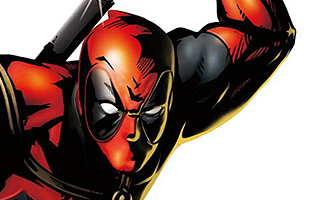
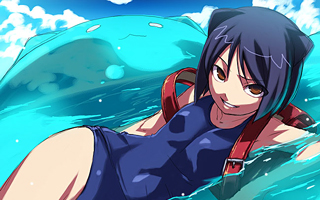
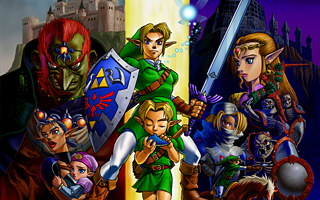
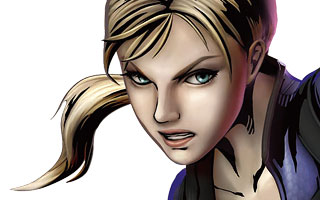
Do you agree with this list? Let us know what you think by leaving a comment below. Your opinion matters!